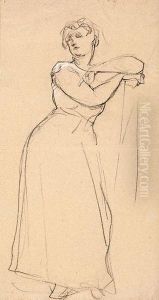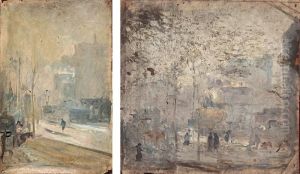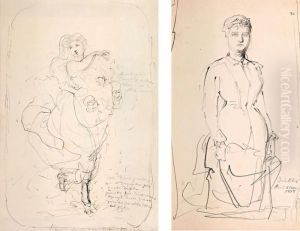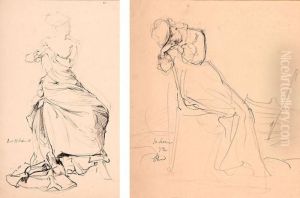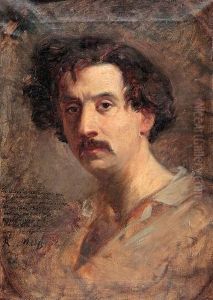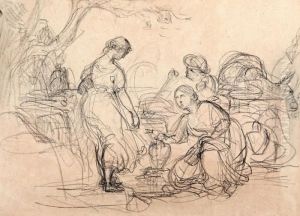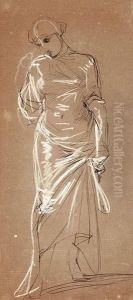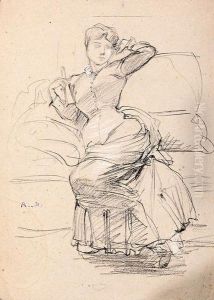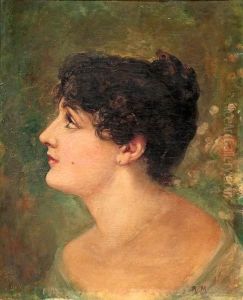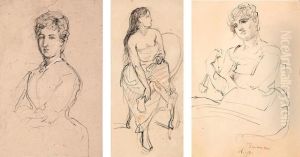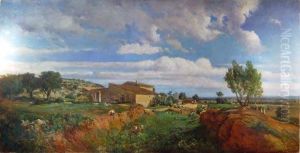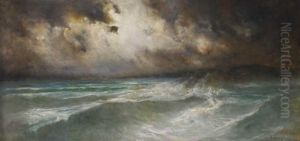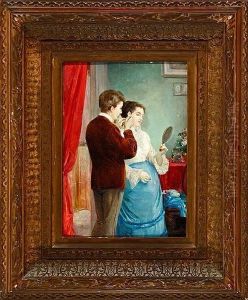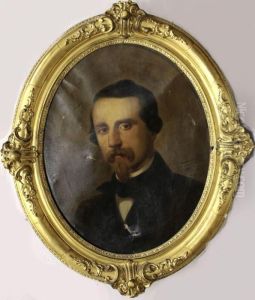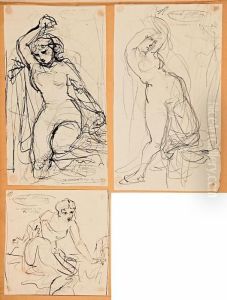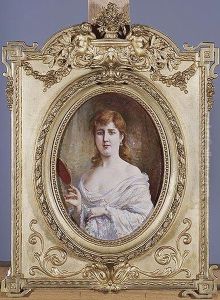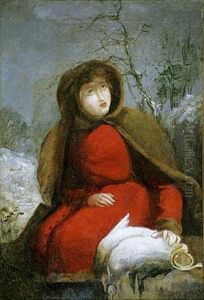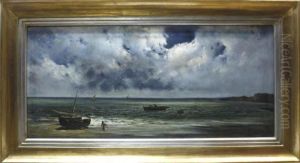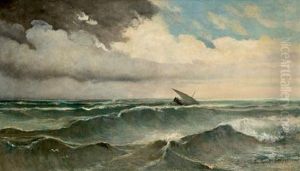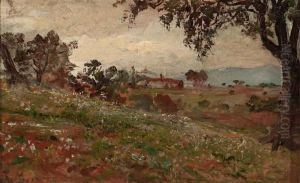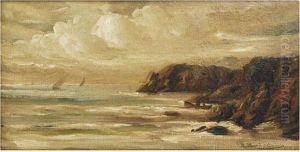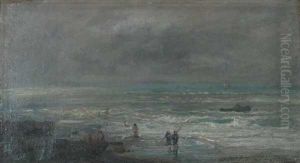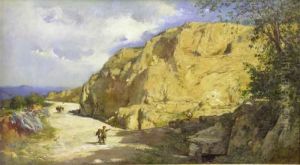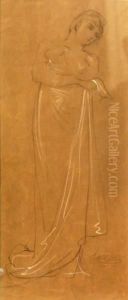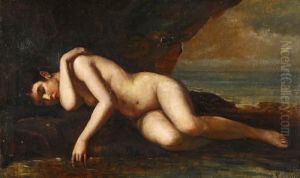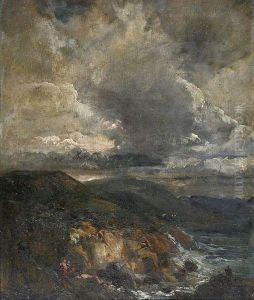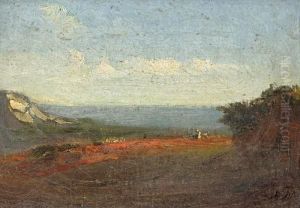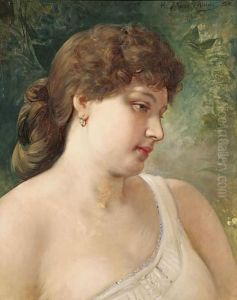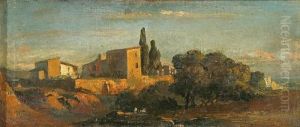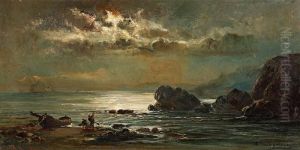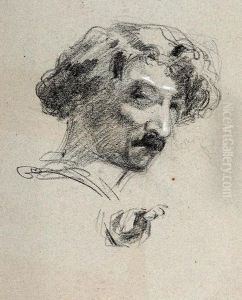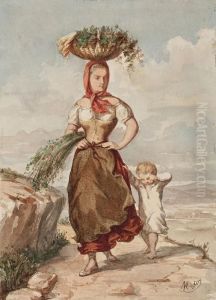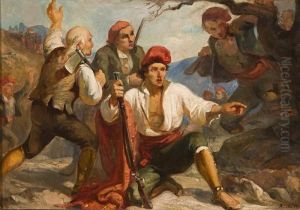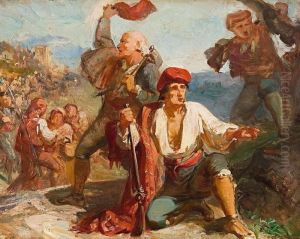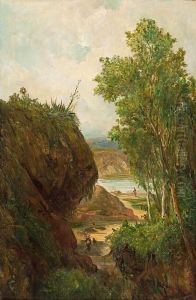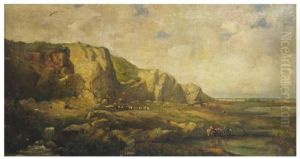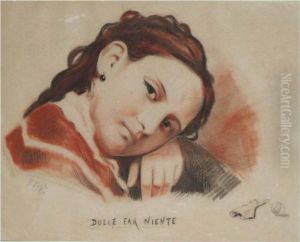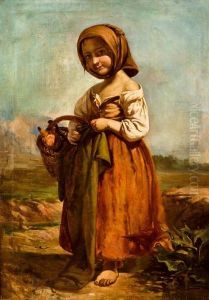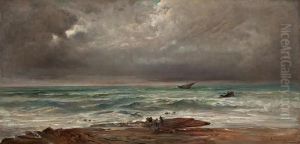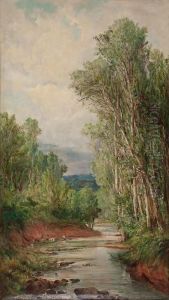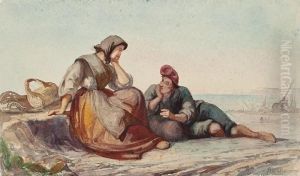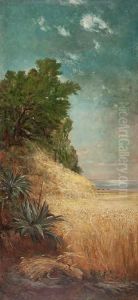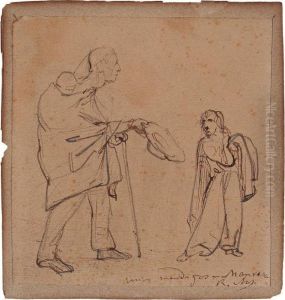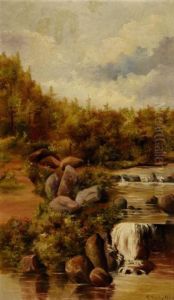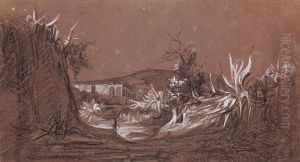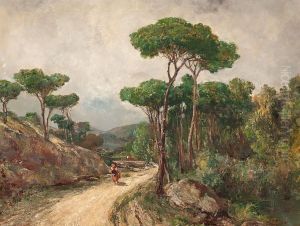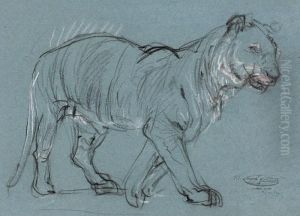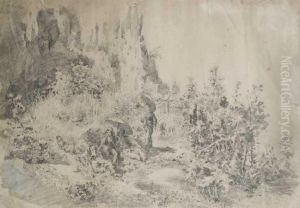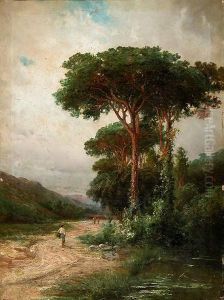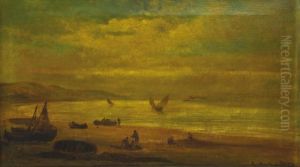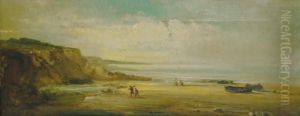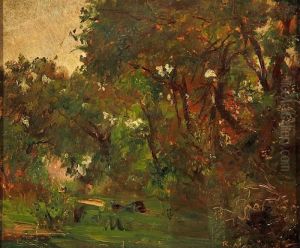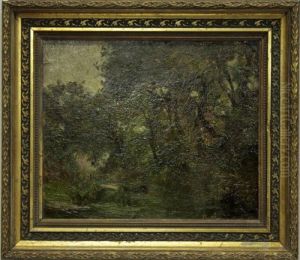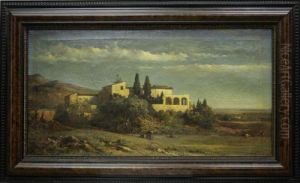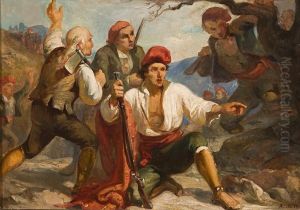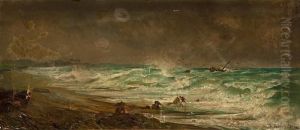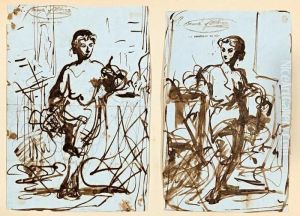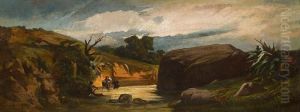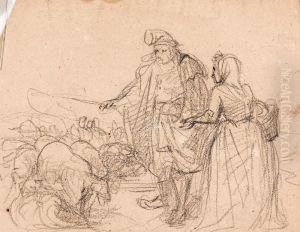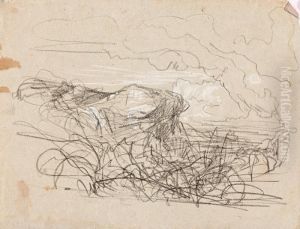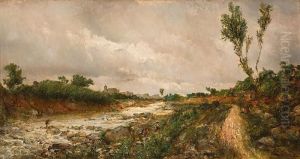Ramon Marti Y Alsina Paintings
Ramon Marti y Alsina was a prominent Catalan painter, well-known for his significant contribution to the realist movement in Spain during the 19th century. Born on August 10, 1826, in Barcelona, he grew up in a period of political and social upheaval, which influenced his artistic pursuits.
Marti y Alsina showed an early interest in art and was initially self-taught. He later attended the Escola de la Llotja in Barcelona, where he honed his skills. His early works were influenced by the Baroque and Rococo styles, but as he matured, he began to focus on more contemporary subjects and a realist approach, which was partly inspired by his travels to Paris in the 1850s. There, he encountered the works of French realist painters like Gustave Courbet, which had a lasting impact on his style.
His paintings often depicted the landscapes and urban life of Catalonia, capturing the changing times with a keen eye for detail. One of his most famous works is 'The Great Day of Girona' (1864), which portrays the heroic defense of the city of Girona during the Peninsular War. This large-scale canvas reflects his ability to combine historical narrative with realist technique.
Throughout his career, Marti y Alsina struggled with financial difficulties and political tensions, particularly during the years of the Spanish Revolution of 1868. Despite these challenges, he continued to work and exhibit, gaining recognition for his contributions to the Catalan and Spanish art scenes.
Marti y Alsina also played a crucial role as an educator, teaching at the Escola de la Llotja where he had once been a student. He influenced a new generation of Catalan artists, including his son, the painter Ricard Marti y Alsina.
Ramon Marti y Alsina's work laid the groundwork for the development of modern Catalan art and paved the way for future artists. His dedication to depicting social realities and everyday scenes left a lasting legacy in the world of realist painting. He passed away on December 21, 1894, in Barcelona, leaving behind a body of work that remains influential to this day.
